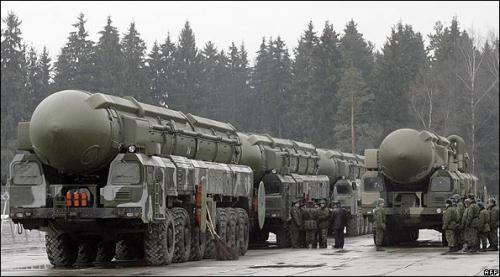
The era of reductions in the world’s total stock of nuclear weapons, which had prevailed since the end of the cold war, is coming to an end,” warned Federation of American Scientists Hans M. Kristensen in June 2025. This ominous warning signals not only a shift in the world’s nuclear math, but growing worry among policymakers and analysts monitoring Russia’s evolving nuclear doctrine.
As the conflict in Ukraine persists and arms control agreements disintegrate, the intricate weave of deterrence, modernization, and brinkmanship is being rewritten before us. To students of the intersection of geopolitics and security, an understanding of the nuance of Russian nuclear power—and the reaction thereto on the part of the world at large—has never been more vital. The following are eleven essential takeaways that define today’s nuclear landscape.
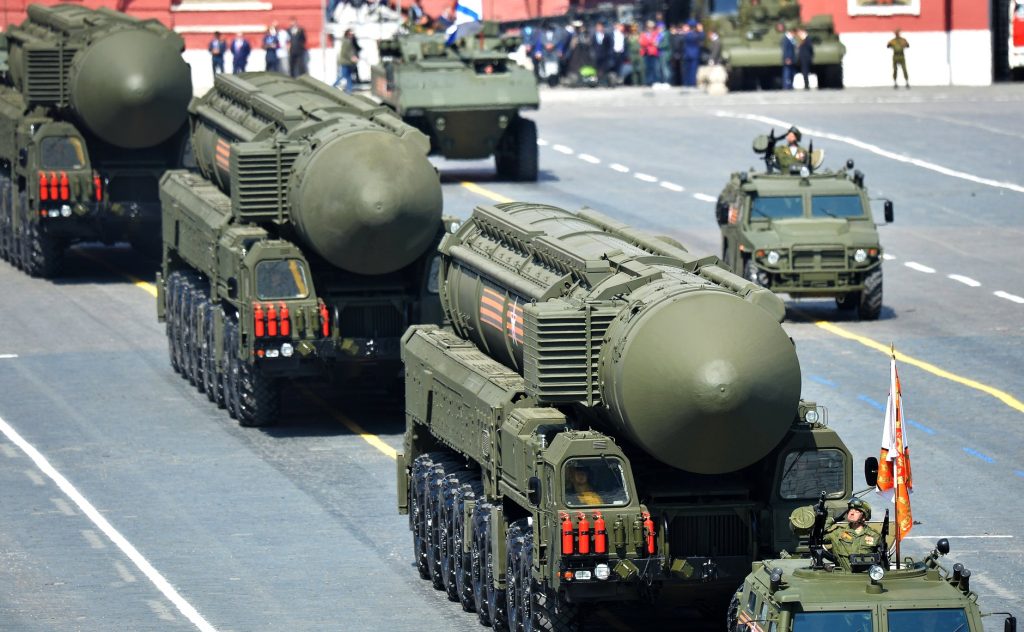
1. Russia’s Arsenal: Continue to be the World’s Biggest and Most Extensive
Russia came to inherit most of the Soviet Union’s nuclear heritage, and now holds the world’s largest and most comprehensive nuclear arsenal. As of January 2025, the Stockholm International Peace Research Institute (SIPRI) reports that the two nations collectively control about 90 percent of the world’s nuclear weapons stockpile, with an estimated 5,580 warheads controlled by Russia. Of the total, 1,710 are deployed on bombers and missiles, and the remainder are reserved or retired.
Although the overall number of nuclear weapons globally has been in decline for decades, this process is being turned around. The Russian arsenal is being thoroughly modernized, involving the creation of new ICBMs, SLBMs, and next-generation delivery vehicles. The Federation of American Scientists notes that, even as some of Russia’s warheads age, its current stock remains viable and is continuously being upgraded.
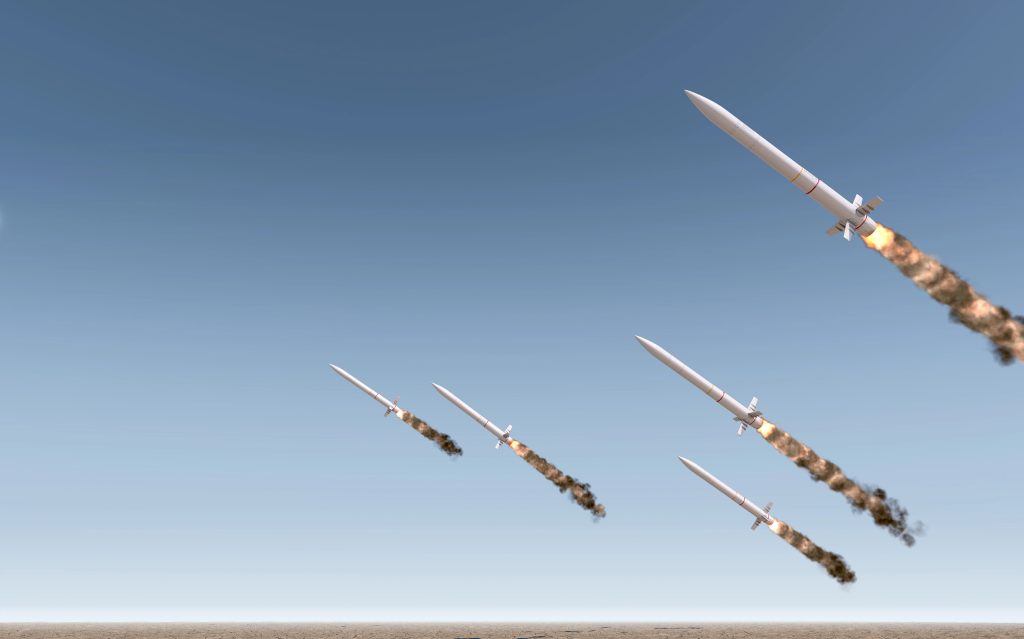
2. The Nuclear Triad: Deterrence’s Reliable Pillar
The concept of the nuclear triad ground-launched missiles, sea-launched missiles, and bombers is still central to Russian policy of deterrence. It ensures that a first strike by an aggressor would not annihilate Russia’s capacity to retaliate, and thereby maintains the doctrine of mutually assured destruction.
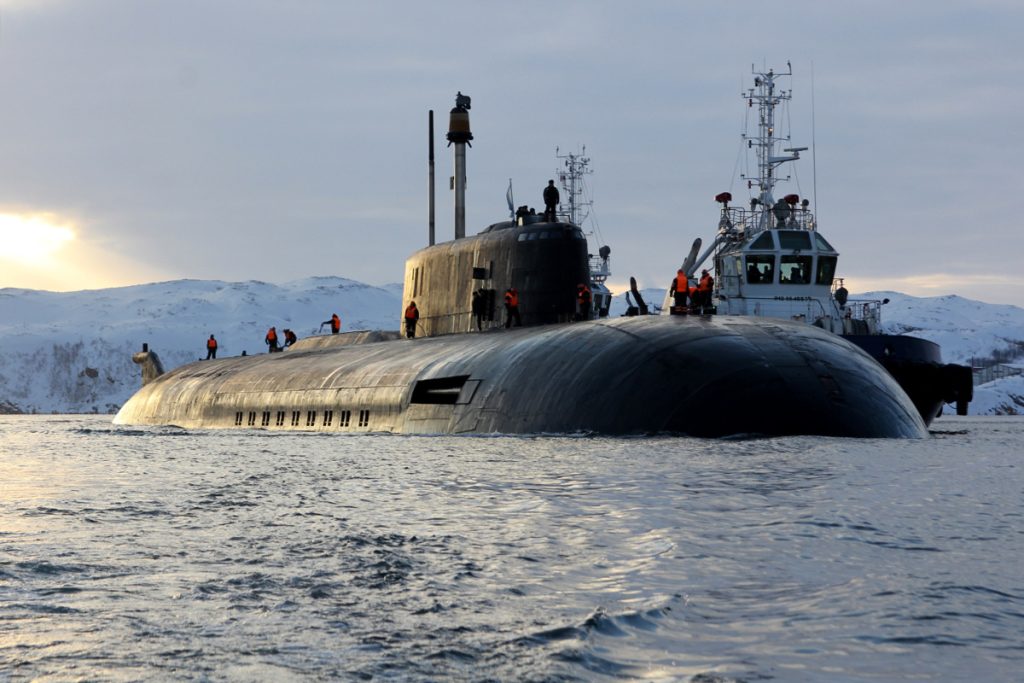
As Britannica Academic defines, the usefulness of the triad is its redundancy: ground-based ICBMs provide prompt response, subs provide stealth and survivability, and bombers provide signal capability and flexibility. Russia, as the United States has, modernized and maintained all three legs of its triad, and the new K-329 Belgorod submarine and the new Sarmat ICBM are testaments to this effort. The persistence of the triad is proof of the enduring logic of Cold War deterrence against diminishing arsenals and evolving technologies.
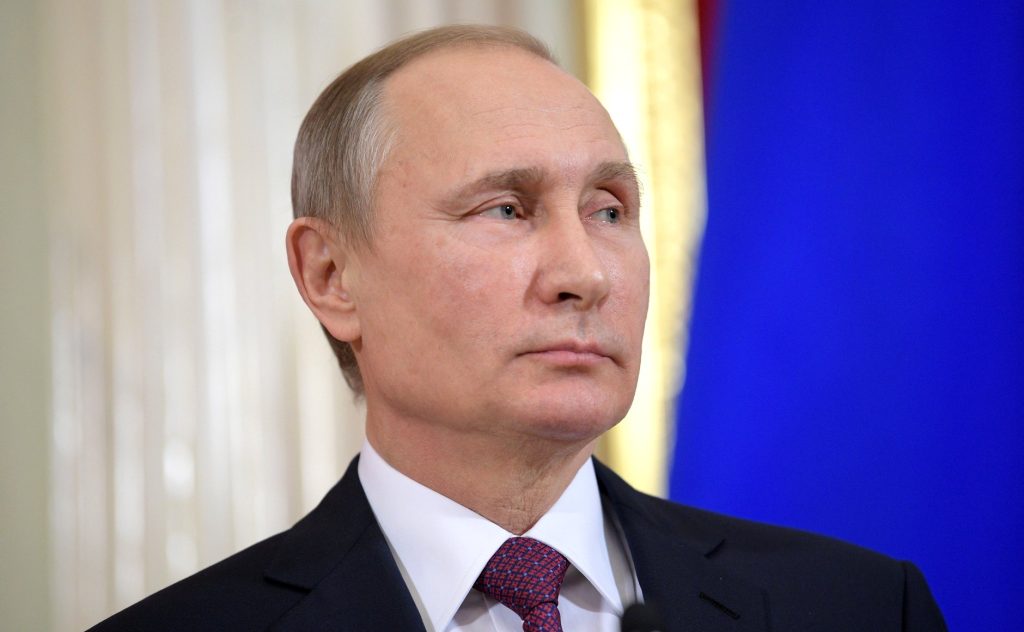
3. Modernization and the New Arms Race
Nearly all nuclear-armed states are intensively modernizing their arsenals, but Russia’s efforts are particularly noteworthy. SIPRI’s 2025 Yearbook details how Russia is upgrading existing systems and introducing new ones, such as the Sarmat ICBM described by President Putin as a weapon that “has no equal” and is “capable of evading any missile defense system.”
But there are downsides to modernization. In 2024, Russia saw test failures and behind-schedule modernization of the Sarmat missile and under-projected modernization of other systems. But the direction towards increased survivability, accuracy, and diversity of delivery systems is evident. This modernization went along with increasingly acute nuclear rhetoric is moving toward more competitive and less stable nuclear world.

4. The Crisis of Arms Control: New START and Beyond
The arms control regime is under intense strain. The New START Treaty, the last major agreement to cut U.S. and Russian strategic weapon stockpiles, is set to expire in February 2026. Each side has accused the other of violating the treaty, with Russia suspending inspections and the United States suspending them as well. Russia’s suspension is “irresponsible and unlawful,” according to the U.S. Department of State.
With no extension or replacement negotiations for New START, the elimination of arms control reductions will lead to a new arms race, unfettered by verification or transparency, experts argue. The absence of formal restraints risks mistake and escalation, particularly as new technologies artificial intelligence and hypersonic missiles, for instance are making old models of deterrence increasingly difficult to apply.
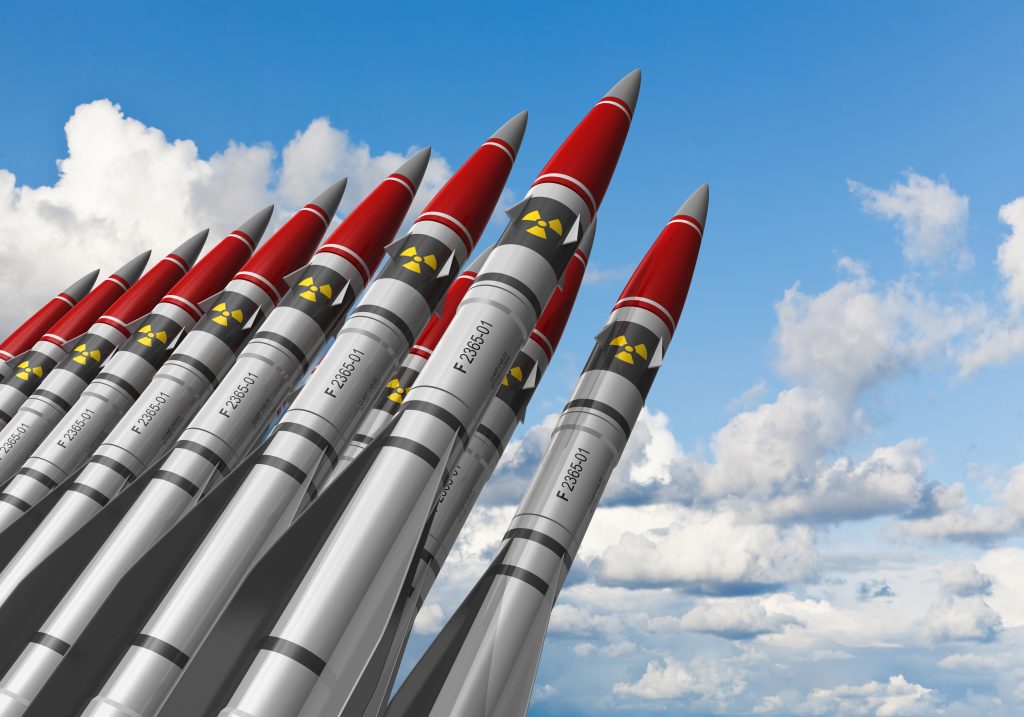
5. Tactical Nuclear Weapons and Escalation Threat
While strategic shot are the most well-known, Russia’s vast stockpile of tactical (non-strategic) nuclear weapons is the growing worry. SIPRI estimates Russia with roughly 1,558 non-strategic shot, more than any other country. These are for battlefield use only and lower range and yield, and hence more ‘usable’ during a crisis.
The Ukraine conflict stoked rumors about the potential deployment of such arms. In the words of the Bulletin of the Atomic Scientists, “the combination of nuclear-related military target attacks and third-party disinformation could escalate a conventional war into a nuclear crisis.” The risk of escalation, either by mistake or intentionally, is also heightened by Russia’s uncharted arsenal of tactical weapons and the absence of arms control over such arms.
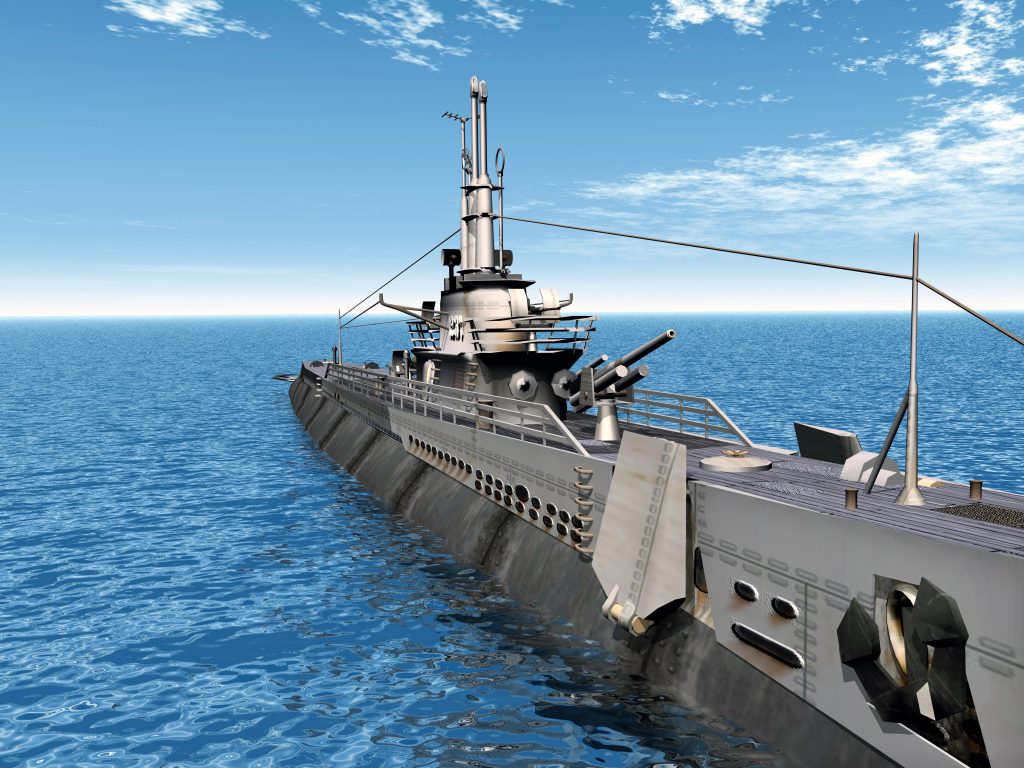
6. The Poseidon Torpedo and the Deterrence of Submarines
One of the most advanced Russian nuclear weapons is the Poseidon nuclear-tipped torpedo, or Status-6. The 24-meter unmanned underwater drone is purportedly capable of carrying a multi-megaton warhead and causing a “radioactive tsunami” if detonated near a coastal city. The Poseidon can be potentially fired from submarines like the K-329 Belgorod, one of the largest and most technologically advanced in the world.
Poseidon’s strategic logic is one of offering a second-strike capability capable of penetrating missile defenses and attacking enemy coastal installations. Its design is reflective of Russia’s focus on asymmetric deterrence and searching for systems to offer retaliation at any moment.
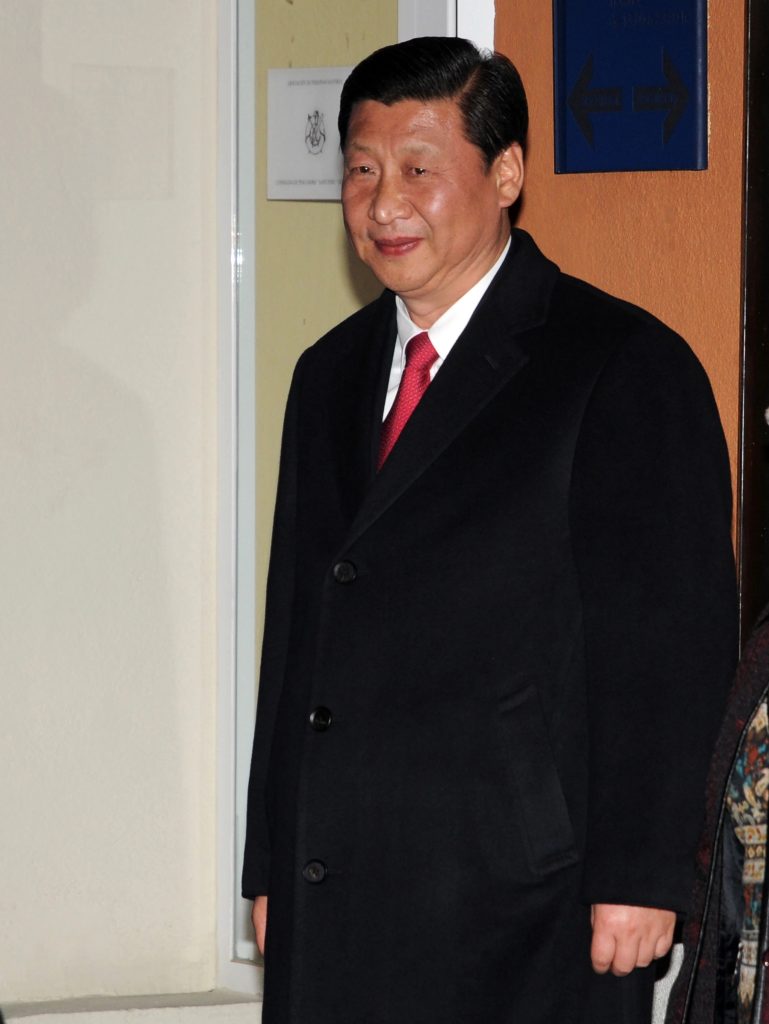
7. China’s Rapid Nuclear Expansion and Its Impact
While Russia and the United States remain the paramount nuclear powers, Chinese nuclear growth is reshaping the balance of the world. SIPRI estimates China at a minimum of 600 shot, increasing by around 100 annually since 2023. Construction of several hundred additional silos for ICBMs and potential peacetime basing of shot on missiles is an emerging doctrine.
US and Russian negotiators have invoked the rise of China as a complicating variable in arms control talks. The prospect of trilateral talks is daunting in terms of size disparities in arsenals and strategic culture. Yet China’s emergence is a leading force for nuclear-state modernization and posturing across the globe.
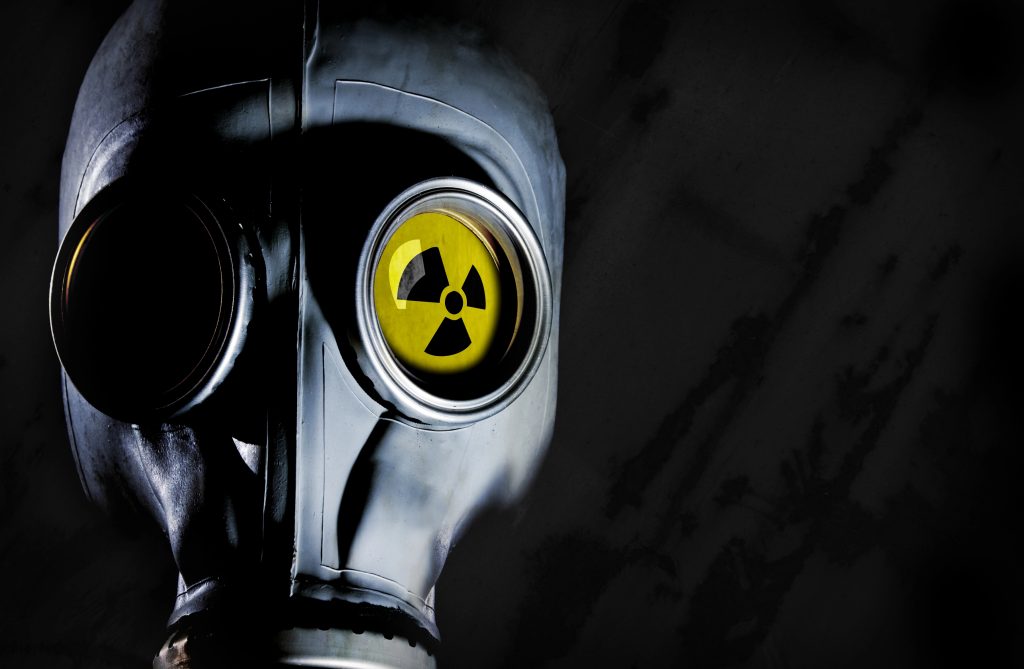
8. The Enduring Logic of Mutually Assured Destruction
Even as technology improves and doctrines evolve, the reasoning behind mutually assured destruction (MAD) still holds. The triad, the overlap delivery systems, and survivability are all constructed such that no potential foe can conduct a disarming first strike without incurring catastrophic retaliations.
As Britannica describes it, the reason for the triad is to “make the force more likely to survive an attack by the Soviet Union and to be able to respond to a first strike successfully.” This reasoning remains closely at the center of Russian and American planning even when numbers and weapon types shift.

9. NATO, Nuclear Sharing, and the European Dimension
Russian nuclear policy reopened the question of nuclear sharing and extended deterrence within NATO. Some European NATO members in 2024 made it clear they were willing to host US nuclear shot, while French President Emmanuel Macron spoke about a “European dimension” to the deterrent.
Concurrently, Russia has also been said to have transferred nuclear weapons to Belarus, adding another layer of complexity to the situation in regional security. Such moves reflect the continued relevance of nuclear weapons in European security considerations, even amidst conventional and hybrid threats.

10. Emerging Technologies: AI, Cyber, and Quantum Threats
The rapid development of artificial intelligence, cyber warfare, and quantum technology is transforming the nuclear world. SIPRI warns that these technologies “leaping ahead of decision-making in a crisis situation,” raise the likelihood of miscommunication, misinterpretation, or technical failure.
Advances in missile defense and naval deployment of quantum technology could make critical components of nuclear arsenals more vulnerable or trackable. In the words of Dan Smith, Director SIPRI, “the perception of who is winning the arms race will be even more abstract and intangible than it was last time around.”
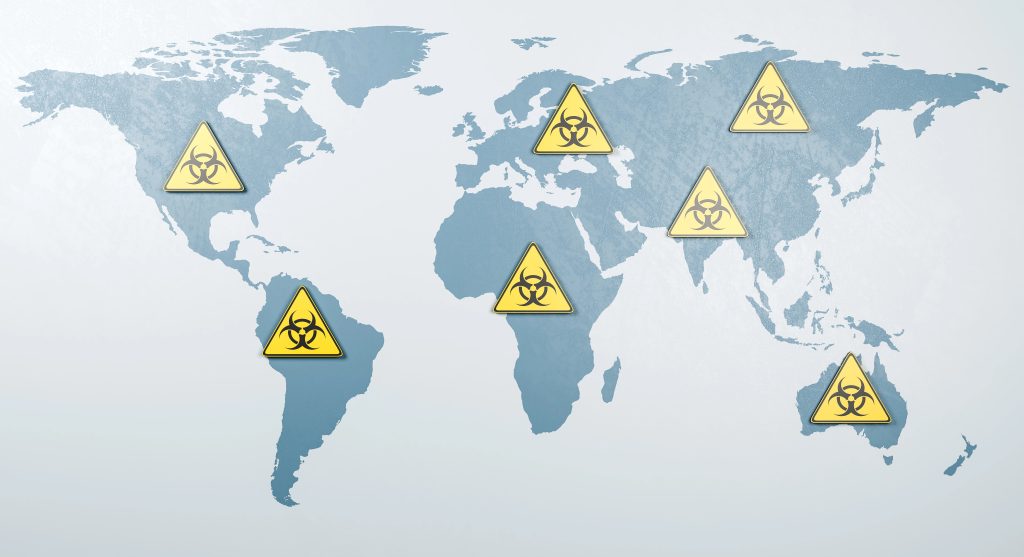
11. The Fragility of Deterrence in a Multipolar World
Finally, the proliferation of nuclear weapons and the weakening of arms control are making deterrence difficult and vulnerable. Intrastate political disputes in East Asia, Europe, and the Middle East over nuclear status create more governments waiting to build their arsenals or acquire foreign weapons.
As Matt Korda of SIPRI observes, “nuclear weapons do not prevent conflict. They also come with immense risks of escalation and catastrophic mistake particularly when disinformation is rife and may end up making a country’s population less safe, not more.” The world’s nuclear order, once defined by two superpowers, is now entering an era of greater uncertainty and risk.
The landscape of nuclear deterrence is shifting beneath our feet.
Russia’s push for modernization, the collapse of arms control, and the advent of new technologies are all converging to create a world in which the Cold War certainties no longer apply. To those who see global security, they require not just prudence, but a new resolve to encourage openness, conversation, and restraint. The stakes calculated in the death of cities and the balance of peace could not be greater.

